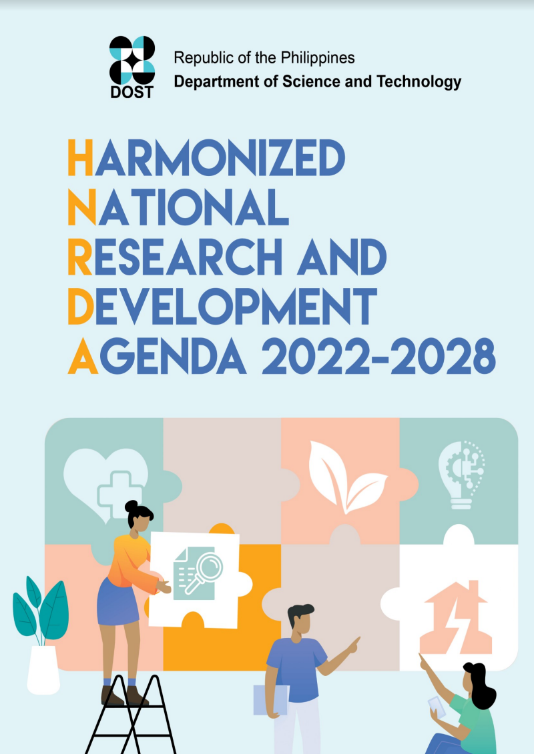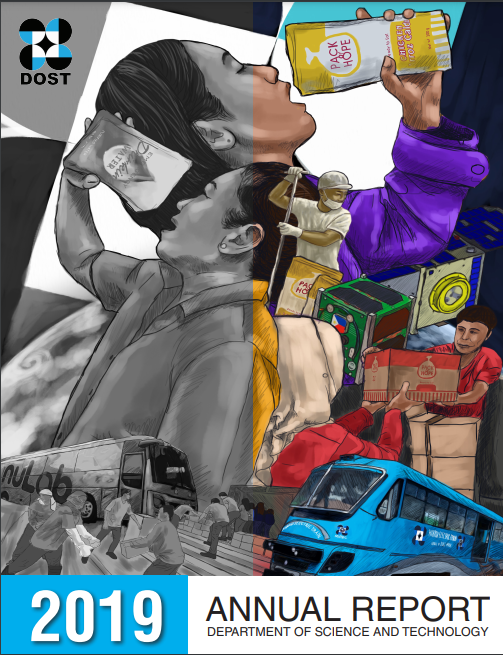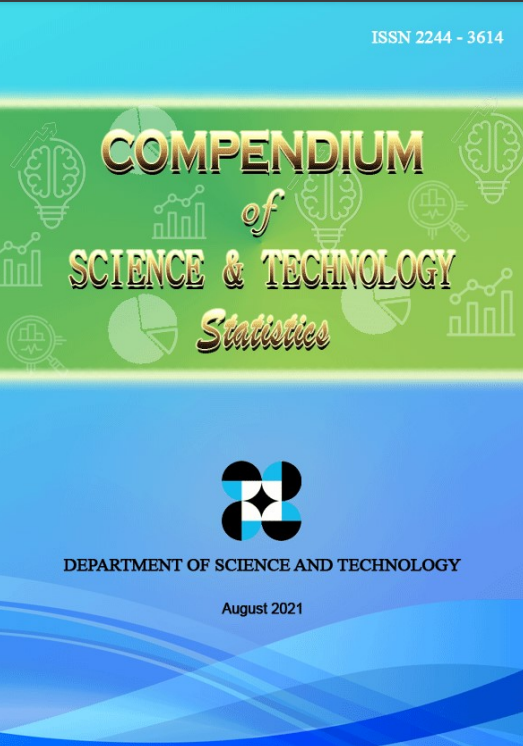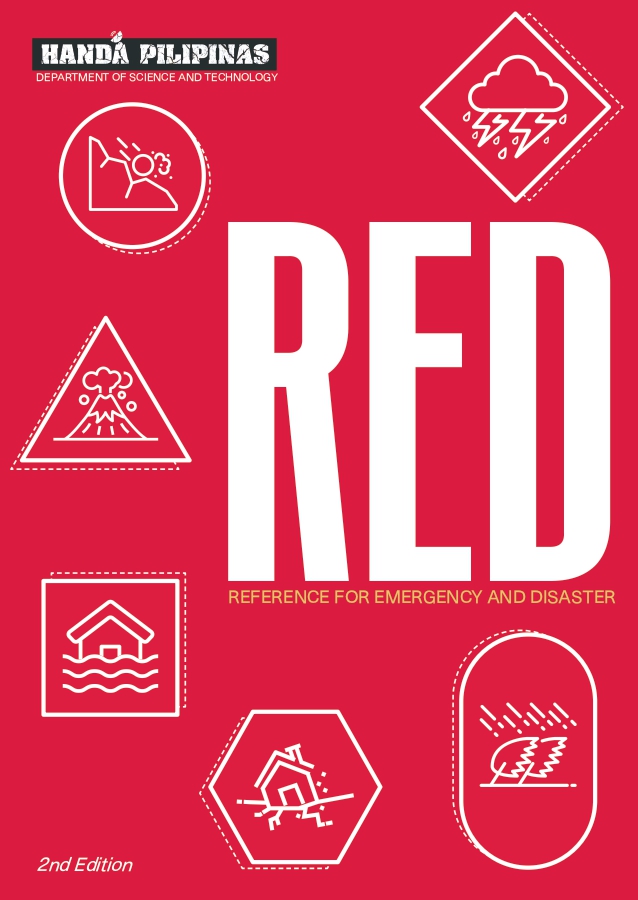UPLB professor wins 2009 Greenwood environmental award
- Details
- Hits: 3834
Felino F. Lansigan, professor of the University of the Philippines Los Baños Institute of Statistics won this year’s Hugh Greenwood Environmental Science Award given by the Department of Science and Technology’s National Academy of Science and Technology. Lansigan was cited for his contribution to the knowledge on statistical hydrology and water resources, and his work related accomplishments at the Bangkok-based International Water Management Greenwood Institute - Southeast Asia Regional Office.

UPLB Prof. Felino Lansigan, 2009 NAST-Hugh Greenwood awardee (inset), receives $1,000 and a plaque from National Academy of Science and Technology President Emil Q. Javier. Others in photo are (from left) NAST Academician Angel Alcala (chair, Board of Judges), Department of Environment and Natural Resources Undersecretary Teresita Castillo, and Department of Science and Technology Undersecretary for S&T Services Fortunato T. dela Peña [Photos by Gerry Palad, S&T Media Service]
Read more: UPLB professor wins 2009 Greenwood environmental award
The dance of sea cucumbers
- Details
- Hits: 13737
This special dance happens only on a night when the setting is conducive. Like a waiting princess, she stands with head held high, her front end raised from the bottom. Meanwhile, he watches her at a distance, shaking and tossing restlessly á la lambada. A few hours later, he releases a hazy fluid that covers them both. She follows after some minutes, releasing thousands of eggs.
The sea cucumbers have spawned. The dance was successful. In 70 days, about a thousand infant sea cucumbers, all creation of the peculiar dance, will be pitching themselves on the sea floor, waiting to start another generation or to serve as haute cuisine to predators, whichever comes first.
But for Dr. Ruth Gamboa, a marine biologist from the University of the Philippines-Mindanao, understanding the dance of the sea cucumbers is very important. Dr. Gamboa leads a three-year resource management and culture program on Holothuria scabra Jaeger, or sea cucumbers, which aims to help out a bit in producing sea cucumber babies for their research.
“We mix the sperm and the egg to come up with a new generation of sea cucumbers,” she says. Experiments so far showed that H. scabara spawns three nights after the first quarter, while another variety called Bohaschia simillis spawns three nights after the full moon. “Timing is very important,” she points out.
Phytoremediation can restore mining-tainted soil--Balik Scientist
- Details
- Hits: 6641
Communities haunted by mining contamination can look to unique plants to fight their worst fears. “Phytomediation can help us clean tainted environment,” explains Dr. Augustine Doronila, a senior research fellow at the University of Melbourne in Australia.
Phytoremediation is the use of living plants to mop up pollution in the environment like metal contaminants in the soil, and restore ecological balance in a mining area.
Doronila recently proposed assembling a multidisciplinary research group to study the various aspects of using phytoremediation in the country. The group will be called Philippine Metalophyte Research Consortium to be based in Ateneo de Manila University. Its research mission will cover the determination of botanical, chemistry, biological, geological, ecological, and anthropological aspects of implementing phytoremediation in the Philippines.
Read more: Phytoremediation can restore mining-tainted soil--Balik Scientist
Ronpaku fellows urged to deal with climate change
- Details
- Hits: 3707
The new leadership and members of the Philippine Society of Japan Society for the Promotion of Science Ronpaku Fellows should deal with the challenges of climate change using multidisciplinary approach to help society prepare for its implications, Department of Science and Technology Undersecretary Graciano P. Yumul Jr. said.
Read more: Ronpaku fellows urged to deal with climate change










































